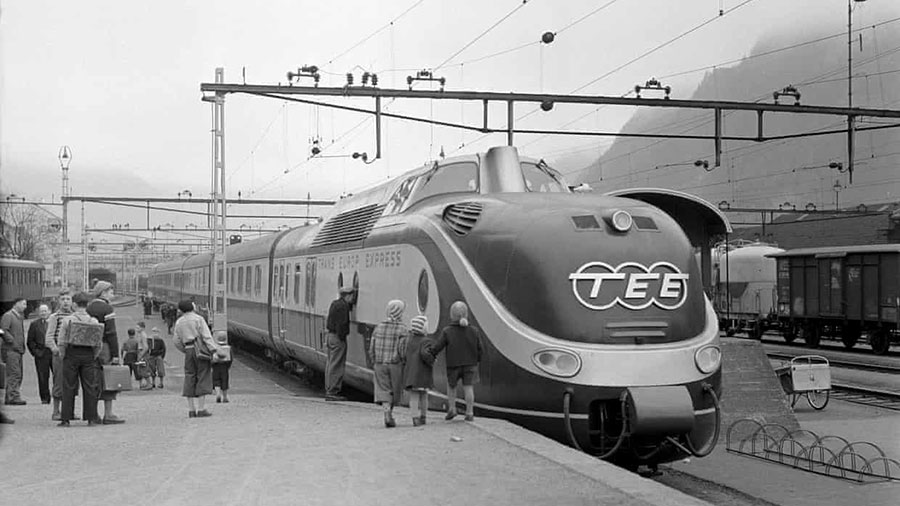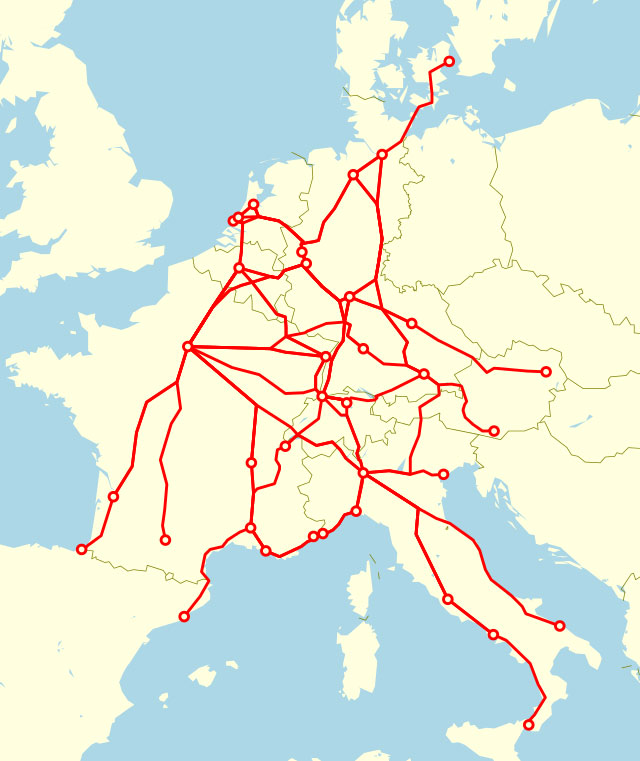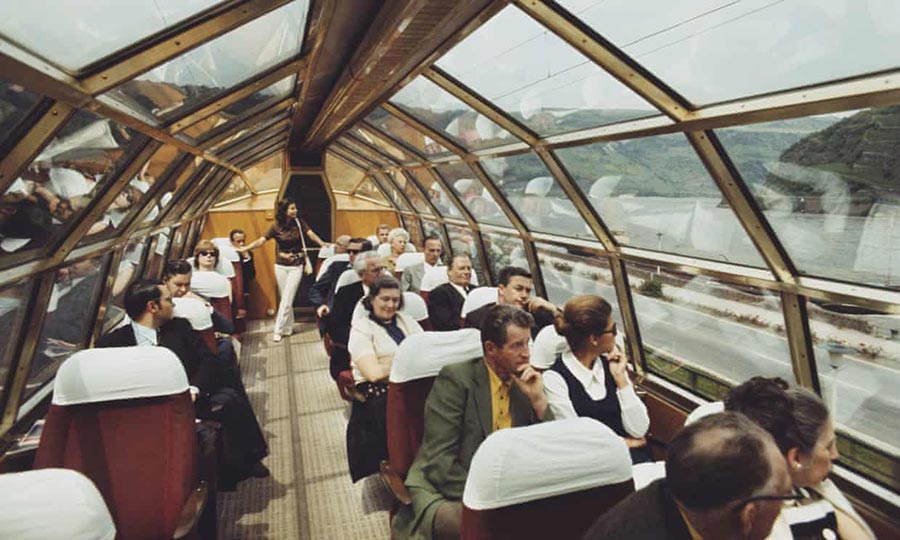China’s Big European Rail Infrastructure Opportunity: Rebuild The Trans-Europe Express

Op/Ed by Chris Devonshire-Ellis
Cool trains. European integration. A revived classic brand. Eco-friendly, carbon neutral. What’s not to like? A new report, titled “Hop on the train: A Rail Renaissance for Europe” has been issued by the combined efforts of Germany’s Germanwatch, Poland’s Civil Affairs Institute, France Nature Environment, the Eco-union in Spain and the pan-European NGO Transport & Environment, as part of the 2021 European Year of Rail initiative.
The report proposes the resurrection of a 1960s network of direct rail routes between major European capitals known as the Trans Europe Express. Such a scheme is key to achieving carbon neutrality in the EU by 2050, according to the findings. A free downloadable pdf of “Hop on the train: A Rail Renaissance for Europe” can be obtained here.
Due in large part to the growth of short-haul flights, 149 of the 365 cross-border rail links that once existed in Europe were non-operational in 2018, with rail now accounting for only 8% of all passenger travel in EU member states. However, the report says that direct connections between capitals such as Paris and Berlin could make a major contribution to reducing carbon emissions.
The German transport minister, Andreas Scheuer, had tentatively suggested in September that the network of routes that flourished in the 1960s and 70s could be the model for a new set to connections from 2025.
The Trans Europe Express was a first-class-only service launched in 1957 that at its peak served more than 31 different routes, including direct connections between key European capitals.

The Trans-Europe Express Network in 1974
Its luxury trains stopped running in 1995 as it lost out to short-haul flights and national governments’ desire to invest in domestic high-speed rail. After 2000, train operators also had to pay track access charges as they cross borders that were often prohibitively high.
The report notes that a flight from Paris to Berlin causes at least six times the CO2 emissions of a train journey.
Intra-European flights on distances less than 1,000km (621 miles) are estimated to create 28 metric tonnes of CO2 every year. Seventeen of the 20 most frequented air routes in Europe are for distances less than 700km (434 miles).
“In theory, almost all of these journeys could be shifted to rail.” the report says, claiming that “Europe’s railways are not more than a patchwork of national systems. Most services stop at the border, or end just on the other side, forcing travelers to change trains several times to get from one capital to the other.”
The report proposes direct rail connections between Warsaw-Vilnius, Warsaw-Prague, Berlin-Copenhagen, Berlin-Brussels, Berlin-Paris, Paris-Madrid and Madrid-Lisbon.
It states that in many cases the current infrastructure would permit the new routes to become operable and that it is a matter of improving the coordination of timetables.
“What is needed is a European spirit in planning and management of rail services, and start-up support for new international services. In the 1960s and 70s, a network of direct transcontinental services connected Europe across borders – the Trans-Europe Express (TEE),” the report says.
“This joint endeavor of French, German, Swiss, Dutch, Belgian, Luxembourg and Italian railways only offered first-class services and only connected a number of countries in western and central Europe; however, the idea might serve as a starting point. TEE trains only stopped at major cities and were often scheduled to allow travelers to do a roundtrip in a single day.”

TEE Rail Carriage, 1971
The report also says service providers should share more data and that one-stop-shops should be established to allow travelers to book tickets with the assurance they will not be liable for missed connections.
While the report is specifically about Europe interconnectivity, and the revising of the routes, the recent signing of the EU-China Bilateral Investment Treaty may encourage some Chinese investment, and especially in rail technology upgrades. While German companies like BASF and Siemens will want large parts of the infrastructure and rolling stock contracts, there is no reason why some of that cannot be produced with Chinese investment, although agreements will need to be made over who supplies what and from where. Chinese-made equipment would normally be more competitive. However having such involvement on a project such as a revival of the Trans-Europe Express would send a clear signal as concerns EU-China co-operation.
Related Reading
- European nostalgia for the TEE runs deep. The influential German electronic group Kraftwerk made an entire concept album out of travelling the route, that can be heard in full here
- China-Europe Rail Freight Doubles In 2020. These Are The 44 Key And Emerging European Freight Hubs To Watch
- The European Belt & Road: Railways, Roads & Ports That EU Investors Should Be Examining For Post-Completion Investment Opportunities</a
About Us
Silk Road Briefing is written by Dezan Shira & Associates. The firm has 28 offices throughout Asia, and assists foreign investors into the region. For strategic advisory and business intelligence issues please contact the firm at silkroad@dezshira.com or visit www.dezshira.com





